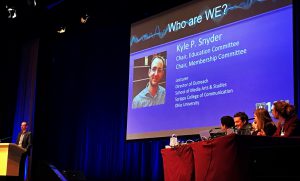 At the 142nd Audio Engineering Society Convention hosted in Berlin, Germany from May 20 – 23, Ohio University Lecturer & Director of Outreach Kyle P. Snyder chaired a panel, Audio Education—What Does the Future Hold.
At the 142nd Audio Engineering Society Convention hosted in Berlin, Germany from May 20 – 23, Ohio University Lecturer & Director of Outreach Kyle P. Snyder chaired a panel, Audio Education—What Does the Future Hold.
According to Snyder:
In this roundtable discussion featuring invited experts from across the continent, we discussed the trajectory of audio education including challenges unique to both educators and students, suggestions for the future, and how employers expect audio education to adapt to their ever-changing needs.
Workshop Links:
 The 142nd AES Convention brought together the world’s largest gathering of audio professionals, offering attendees opportunities to hear from top audio industry figures while also sharing the latest research and technology information through informative papers, tutorials, workshops and special events.
The 142nd AES Convention brought together the world’s largest gathering of audio professionals, offering attendees opportunities to hear from top audio industry figures while also sharing the latest research and technology information through informative papers, tutorials, workshops and special events.
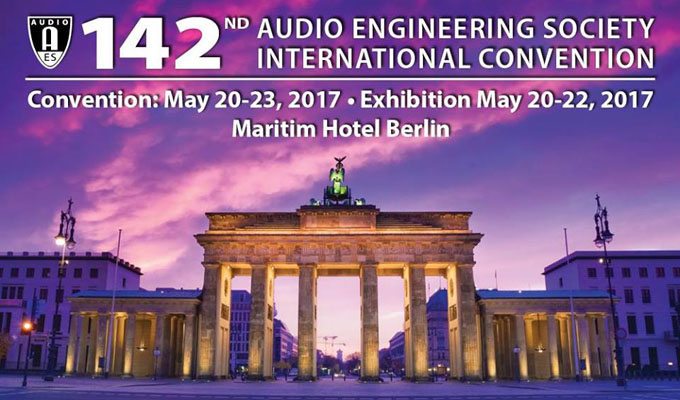
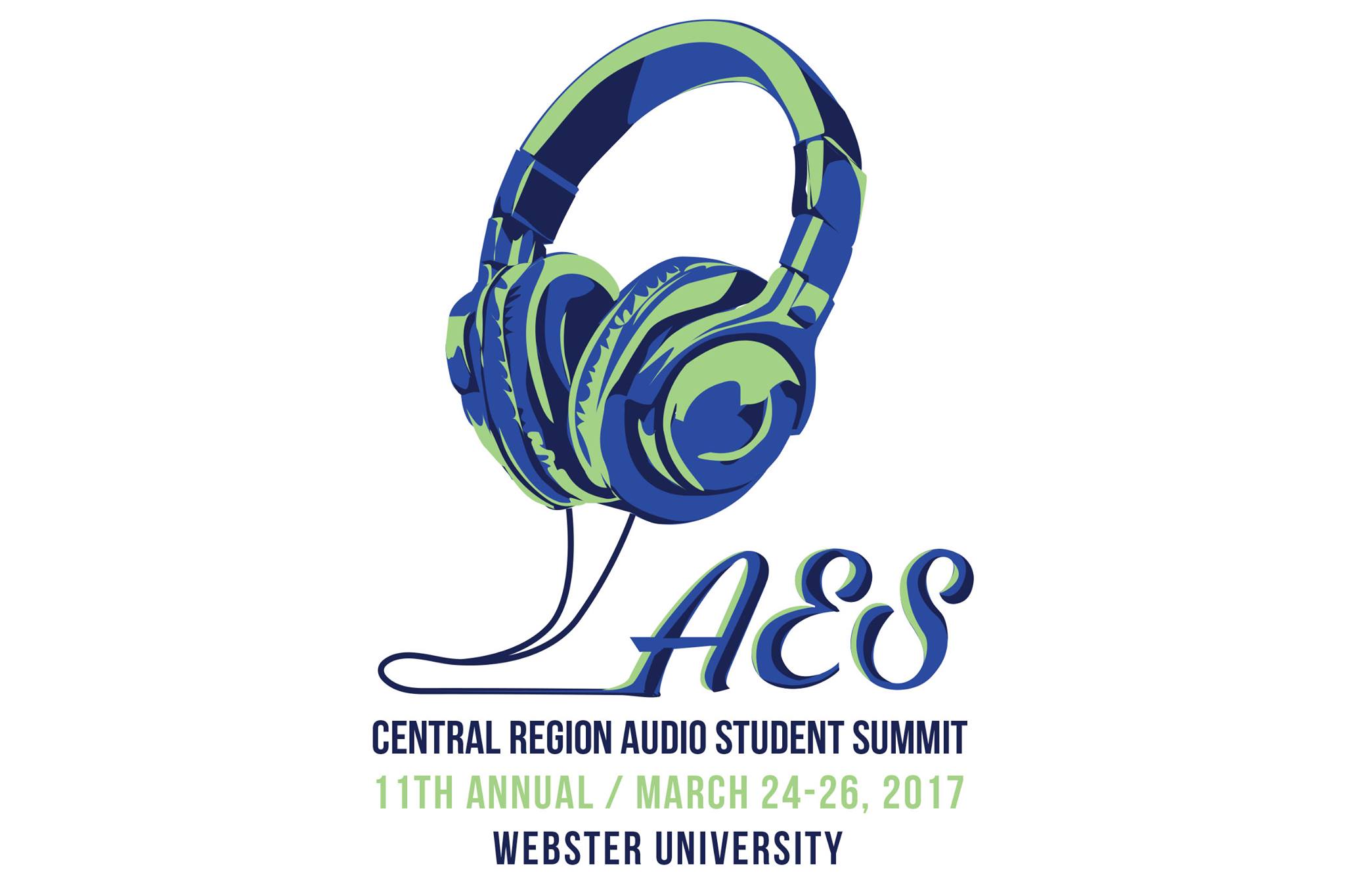
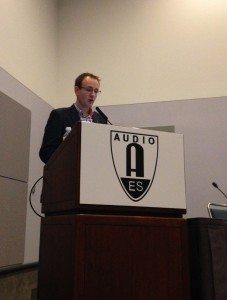 At the
At the 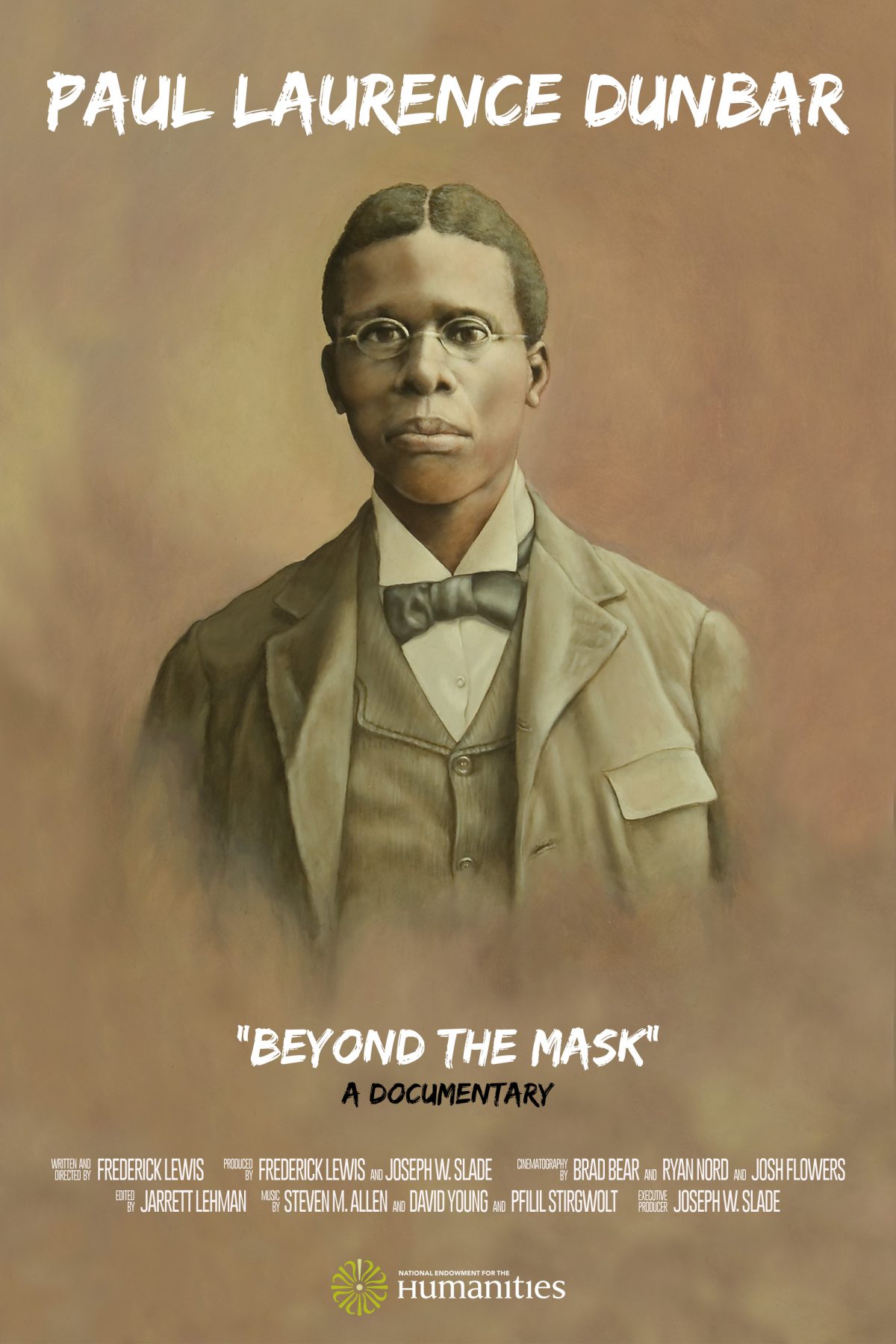
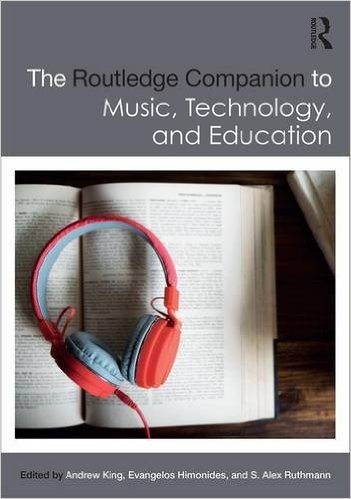
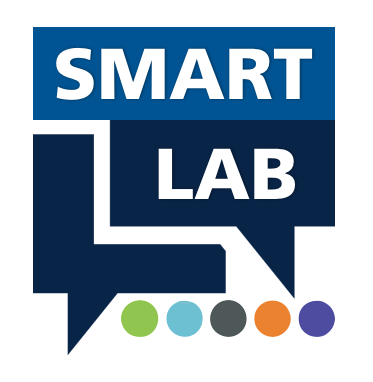
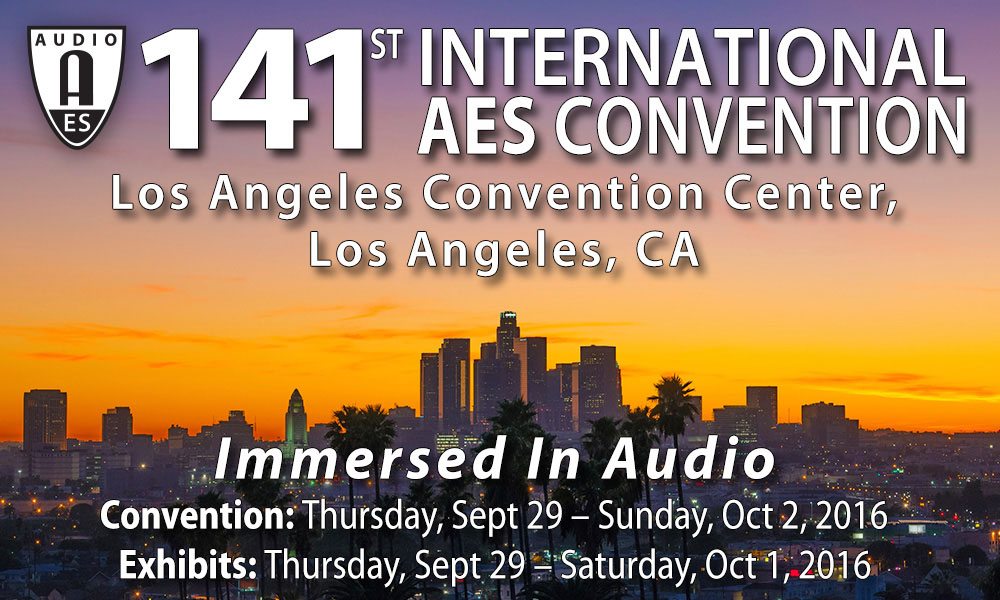
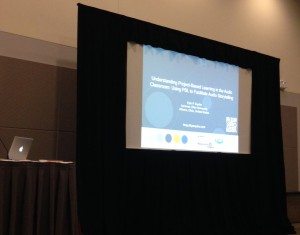 Also at the 141st Convention, Snyder will co-chair
Also at the 141st Convention, Snyder will co-chair 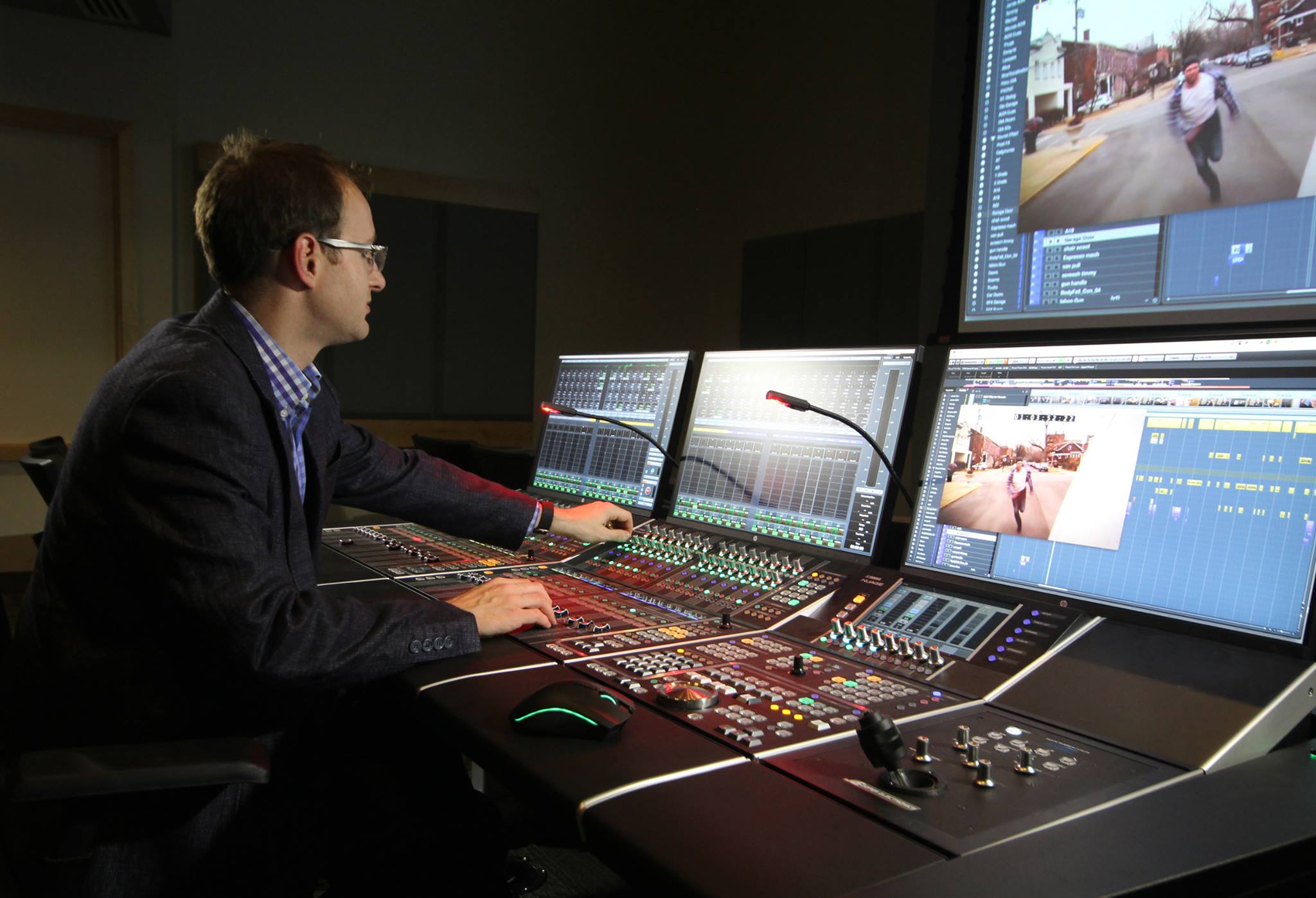
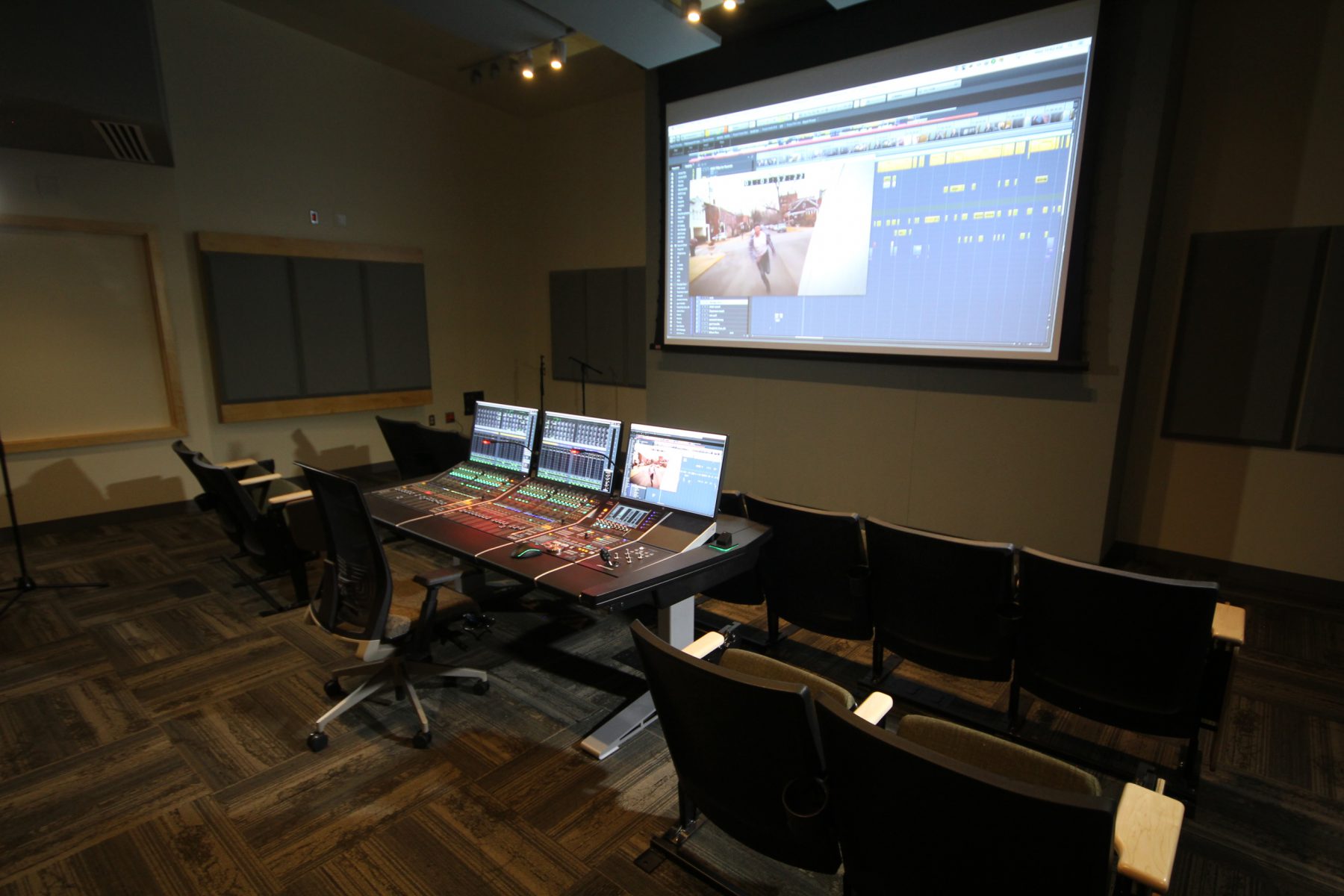
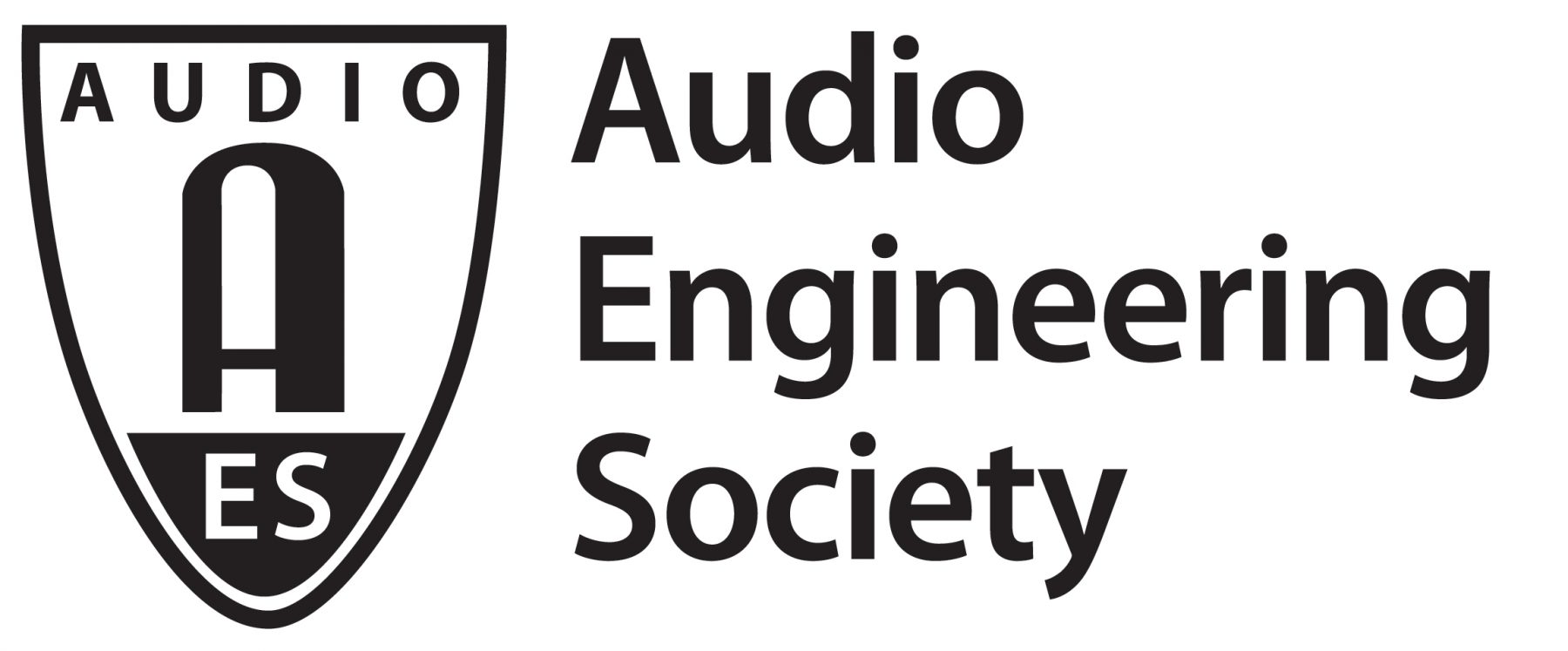
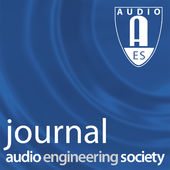 The
The